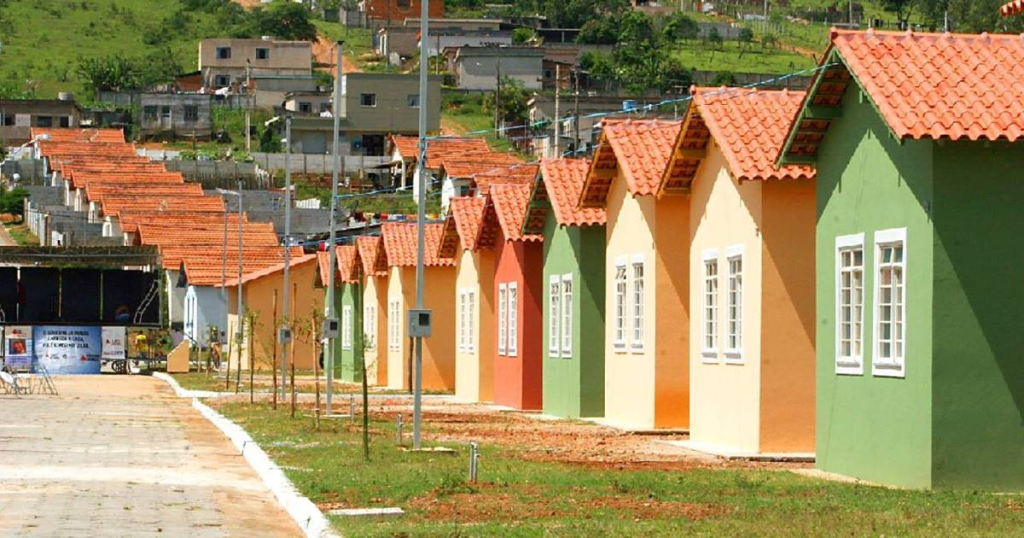Working as a ride-hailing driver has become a popular option in Brazil, offering unique income opportunities and flexibility. Therefore, in this dynamic market, understanding the earning potential and the challenges faced is important for those seeking this career.
The job of app driver in Brazil presents a mixed scenario of opportunities and challenges. With the rise of platforms like Uber and 99, many have found this modality to be a flexible source of income that can be adapted to their needs. However, it is important to consider the various aspects that directly influence the income of these professionals.
See More: Santander surprises customers. Check it out
Factors that determine the performance of an app driver
The earnings of a ride-hailing driver in Brazil vary significantly, influenced by factors such as hours spent working, type of vehicle, fuel costs and strategies to optimize trips. Therefore, it is essential that the driver has efficient financial planning to maximize their profits and minimize operating costs. This is because, work which, in addition to requiring productivity, also depends on external factors such as the aforementioned fuel price.
Strategies to increase earnings
To increase their earnings, ride-hailing drivers can adopt several strategies. This includes choosing times with higher demand, using more fuel-efficient vehicles, and taking advantage of incentives and programs offered by the platforms. Success in this profession depends on a combination of good management, market knowledge, and flexibility to adapt to changes in the sector.
Additionally, understanding dynamic pricing patterns and local events can increase earnings. In terms of rates, drivers can expect variability, with some reporting average earnings of between R$20 and R$30 per hour, although this can fluctuate based on location, time of day, and route management efficiency. It’s important to keep a realistic view of operating expenses, such as vehicle maintenance and fuel, to assess net profitability.


